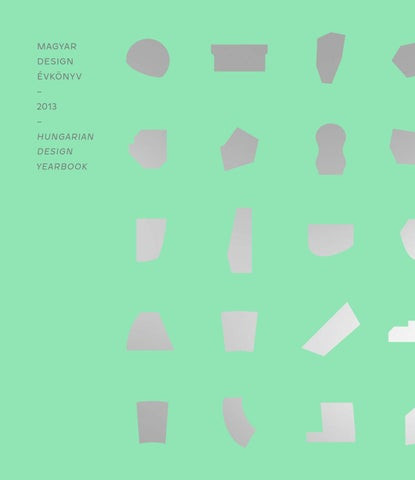

Most ebook files are in PDF format, so you can easily read them using various software such as Foxit Reader or directly on the Google Chrome browser.
Some ebook files are released by publishers in other formats such as .awz, .mobi, .epub, .fb2, etc. You may need to install specific software to read these formats on mobile/PC, such as Calibre.
Please read the tutorial at this link: https://ebookbell.com/faq
We offer FREE conversion to the popular formats you request; however, this may take some time. Therefore, right after payment, please email us, and we will try to provide the service as quickly as possible.
For some exceptional file formats or broken links (if any), please refrain from opening any disputes. Instead, email us first, and we will try to assist within a maximum of 6 hours.
EbookBell Team

4.1
20 reviewsTHE CREATIVE CODE
Only man can use creativity. Man assembles the world, ravages, then reassembles it. It is never finished. That would mean the end of humanity.
Particularly in a world where creativity, unceasing innovation, the convergence of science and art have become prominent and dominant in the success of societies.
Particularly in a world where the greatest challenge for humanity seems to be how to coexist globally, while retaining its identity, freely.
Particularly in a world where the presence of the creative code—the design code—signifies the cultural and economic condition of a society.
The question is what social preferences are voiced within individual communities and whether the present, contemporary need to change the quality of human life surfaces.
This is primarily a cultural issue. For if you explore the concept of design, you get the pattern. The beginning of the pattern shows that opera used to be avant-garde, and now design is.
The pattern continues unfolding that design is not an artistic movement or the synonym of being chic, but an attitude. It is a constant criticism of routines, a fundamental unit of the quality of human life, a social phenomenon.
We do not aim to follow, but to seek new paths, the totality of answers given to social problems. Here and now, in Central Europe, in Hungary, continuously. About what is collective, central, community, European.
Oh, lest I forget: the book, the Design Yearbook. We did it. For the first time in Hungary.
Gábor Kopek